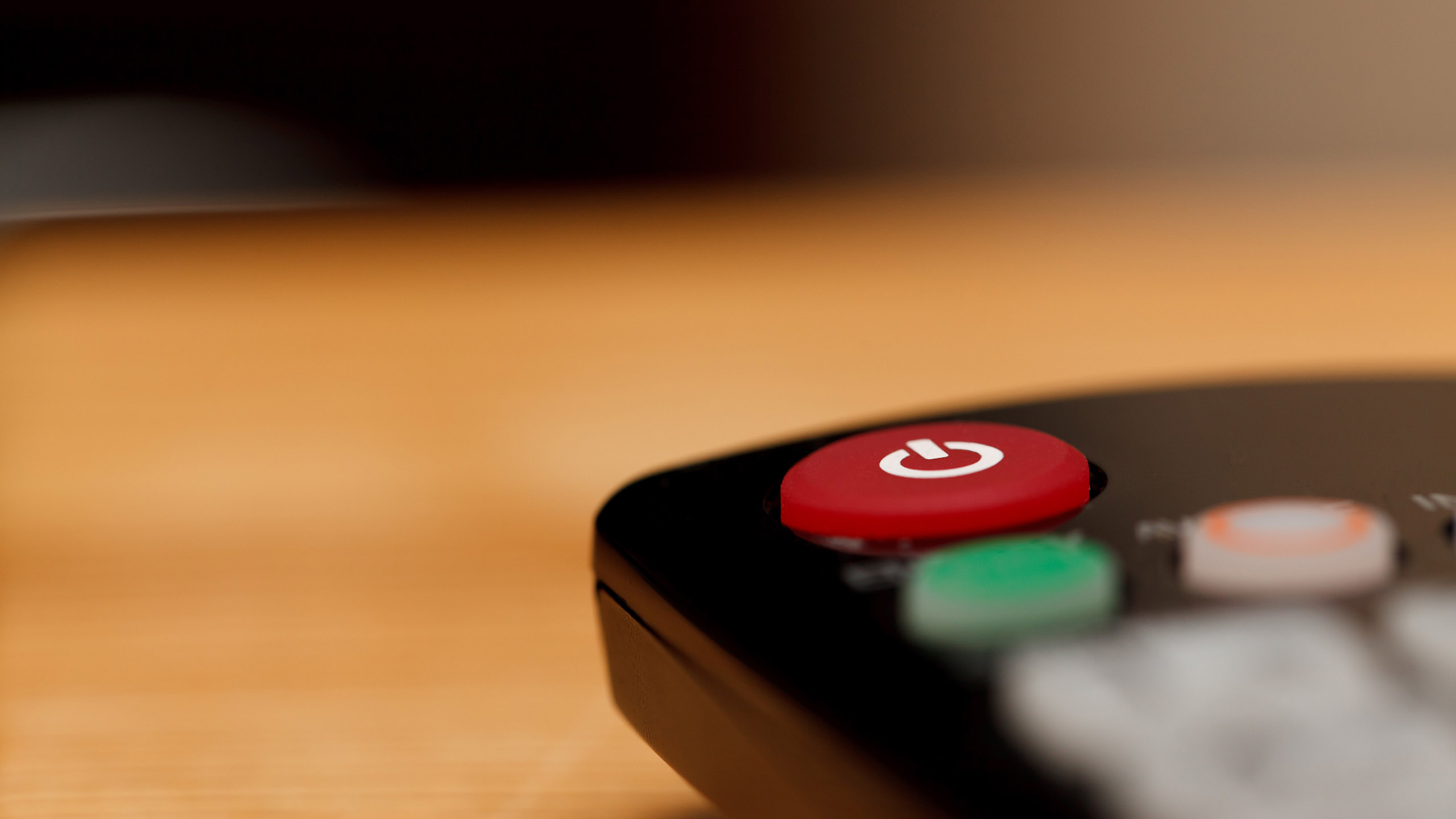If you want to keep your TV in the best working order, you need to set aside a bit of time for maintenance, both inside and out.
Outside, you need to clean your TV regularly. While flatscreen televisions have been great for saving space, they’re also very delicate, so you need to take a lot of care.
Keeping your TV clean can help extend its life but it will also give you a better picture. That’s only the start, and in this guide we’ll show you everything you need to do to keep your TV in the best working order.
Cleaning the screen
Your first job with any flatscreen TV is to keep the screen clean and free of marks. To do this, you need to have your TV turned off, and we recommend unplugging it for safety. If the TV was on before you started, give it 15 minutes to cool down before you start the job, as this will help you get a streak-free finish on it.
Before you start wiping the screen, it’s important to point out two things about flatscreen TVs. First, these TVs have anti-glare coatings to cut down on reflections so that you can see the picture carefully. These coatings are quite delicate and can be harmed easily, so avoid using any harsh cleaning chemicals including window cleaner, and use a microfibre cloth, as anything else may scratch the coating or leave behind bits of lint. Secondly, the thinness of these TVs means that the screens are quite delicate. Don’t push too hard when cleaning them, using just a small amount of pressure on them.
For dust gently wiping the cloth will be enough. For fingerprints or other marks, wipe the cloth gently in the same direction (not a circular motion) to remove the stains.
If marks persist, you’ll need to use some form of cleaning fluid. This should be sprayed onto the cloth, never onto the TV. The choice of fluid is also important. Some people suggest using water, but avoid tap water and use distilled water instead; however, you’re likely to get a streaky finish with this method. The best option is to buy proper screen-cleaning fluid, which is formulated to leave a clean, anti-static finish on screens.
Once you’ve sprayed the cleaning solution onto the cloth, wipe it on the TV to gently remove any marks.
Cleaning around your screen
The frame, case and stand are typically made from regular plastic, so can technically be cleaned with a bit of household cleaner. However, it’s very easy to get some cleaner on the screen by mistake, so we don’t recommend this. Instead, use a bit of distilled water or the screen cleaning solution sprayed onto a microfibre cloth, and wipe gently around the screen.
At the back of your TV, you’ll see lots of vents and the ports. These can get caked in dust. The best way to handle these is to use a vacuum cleaner on its lowest setting, with the soft brush. Just gently move the brush over the vents and ports to remove any dirt, being careful not to scratch the TV with the vacuum. Never vacuum the screen, as this risks scratching. When you’re done, give the TV 10 minutes or so to try before plugging it back in. Finish off with a gentle wipe with a microfibre cloth to remove any last bits of dust.
Cleaning the remote control
The remote control is the one part of your TV that you handle all of the time, so it can get messy. For general cleaning, remove the batteries, hold the remote upside down and tap it to remove any bits of dirt inside.
Next, wipe the front with a microfibre cloth. It’s fine to gently dampen the cloth with a bit of water for better dust and mark removal, but be careful that no fluids enter the remote, otherwise you may damage some of the buttons or stop the remote from working completely.
For far dirtier remotes, the best option is to use electronics wipes, which you can safely use to wipe away the dirt without causing any damage.
Upgrade your software
If you’ve got a smart TV that’s connected to the internet, you need to keep it up-to-date with the latest firmware. Doing this can improve picture quality, prevent problems and give you updated versions of apps and features. Your TV may let you know when it’s time to update, but if not, you’ll need to check your manual to find out which part of the settings menu updates are in. When you’ve found it, check for the latest firmware and, if available, update your TV.
On some TVs, apps are handled separately through an app store. If this applies to your TV, you have to go into the app store and then use the update option to get the latest version of your apps.
Retune your TV
From time-to-time Freeview TVs need to be retuned to maintain all of the available channels. Most TVs do this automatically, or prompt you to retune when a change has happened, but it is good to keep an eye out.
Retuning differs from manufacturer-to-manufacturer, but this handy Freeview retuning guide will take you through the steps if you need to do this manually.
Find out what channels you're predicted to get at your address





